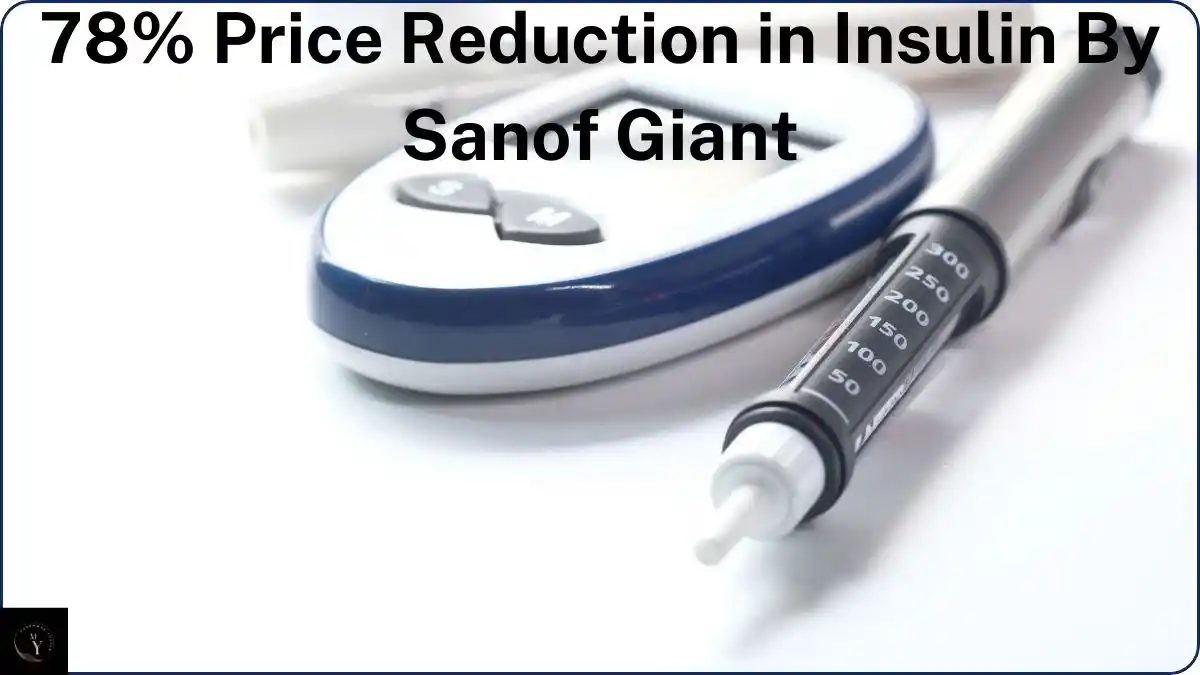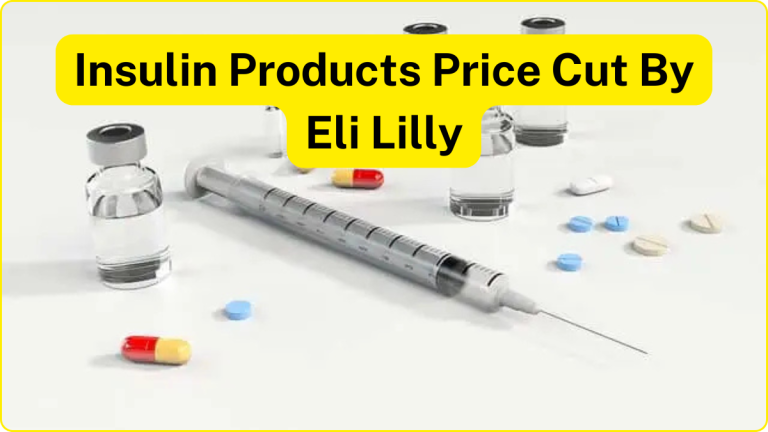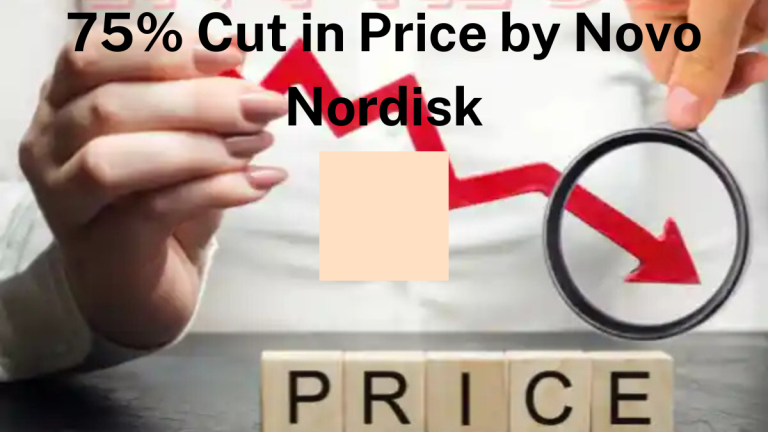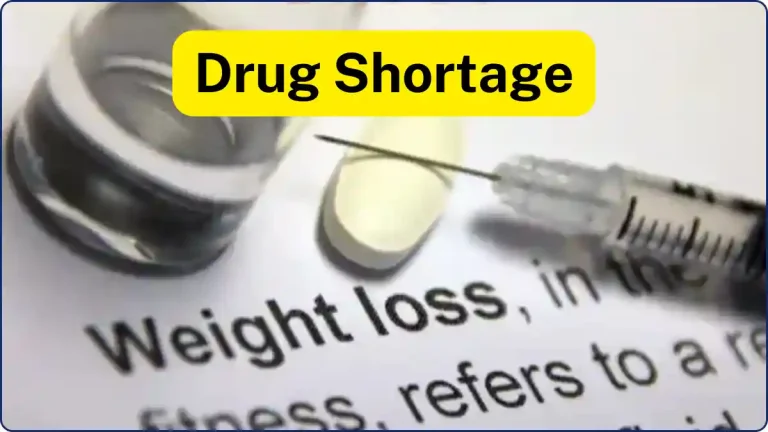PRICE CUT BY SANOFI
78% Price cut by Sanof Pharma: A Milestone for Diabetes Patients
Major Price cut by Sanofi to Address Diabetes Care
Sanofi Pharma, one of the largest global pharmaceutical companies, has announced a groundbreaking 78% reduction in insulin costs. This move aims to address the financial strain on diabetes patients, making lifesaving medication more accessible to millions worldwide.
Rising Healthcare Costs Drive Change
The high cost of insulin has long been a contentious issue, especially in the United States. Patients often struggle to afford the drug essential for managing diabetes. Sanofi’s decision reflects growing concerns over the affordability of healthcare and marks a shift toward patient-centered care.
Advocacy Efforts Influence Change
Patient advocacy groups and healthcare providers have played a critical role in this pricing of insulin products. Through campaigns and public awareness efforts, they highlighted the burden high insulin cost placed on families. Their persistence has led to a significant breakthrough for affordable healthcare.
Government Push for Lower rate of Insulin
The U.S. government has been actively working to reduce insulin costs. Policymakers have introduced measures to make essential medicines affordable. Price cut by Sanofi Pharma aligns with these initiatives, showcasing the influence of policy reforms on the pharmaceutical industry.
Pharmaceutical Industry Responds
Sanofi joins other major companies, including Novo Nordisk and Lilly, in significantly lowering insulin costs. This trend among pharmaceutical giants reflects a growing acknowledgment of their role in reducing healthcare disparities and improving patient access to essential medications.
Commitment to Accessible Healthcare
Price cut by Sanofi underscores its commitment to corporate responsibility. By cutting insulin rate, the company aims to reduce the financial burden on patients and their families. This effort supports the broader goal of ensuring accessible healthcare for all, particularly those with chronic conditions.
Impact on Diabetes Management
This price cut by Sanofi is a game-changer for diabetes patients. Affordable insulin enables better disease management and reduces complications associated with irregular medication use. The 78% price cut by Sanofi will make insulin accessible to more patients, improving their quality of life and health outcomes.
Hope for Further Reforms
Sanofi’s move sets a precedent for other pharmaceutical companies to follow. Advocacy groups and healthcare leaders hope this step inspires widespread reform in drug pricing. Collaborative efforts among industry players, governments, and advocacy groups can further improve healthcare affordability.
A Promising Step Forward
The 78% Off by Sanofi Pharma is a milestone in the fight for affordable healthcare. Patients, advocates, and policymakers celebrate this decision as a critical step toward accessible medication. It offers hope for a future where essential drugs are within reach of everyone in need.
Bottom-line
78% price cut by Sanofi, along with Eli Lilly’s 70% and Novo Nordisk’s 75% cuts, marks a major step toward affordable diabetes care. Despite these reductions, insulin costs in the U.S. remain high due to greater affordability and higher manufacturing expenses.
The pharmaceutical industry’s response to pricing concerns reflects a shift toward patient-centered care, yet challenges persist. While these price cuts provide relief, continued efforts from policymakers, advocacy groups, and industry leaders are essential to ensure long-term affordability. This milestone offers hope for a future where essential medications become more accessible to those who need them most.
For uninsured and low-income Americans, even with price cut by Sanofi, Eli Lilly and Novo Nordisk price cuts, insulin remains a significant financial burden. Many struggle to afford this essential medication due to a lack of insurance coverage. The high cost of insulin in the U.S., driven by manufacturing expenses and market dynamics, continues to create barriers for vulnerable populations. While recent reductions are a step forward, more government intervention, subsidies, and patient assistance programs are necessary. Ensuring that all diabetes patients, regardless of income, have access to affordable insulin remains a critical healthcare priority.





